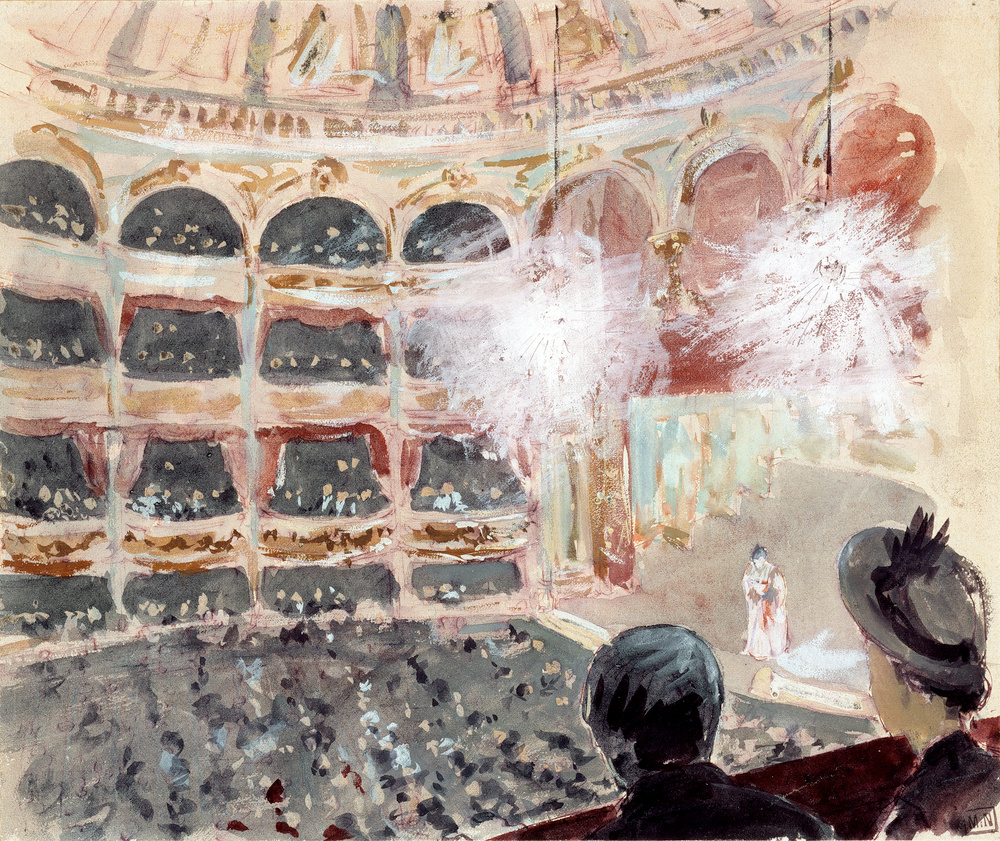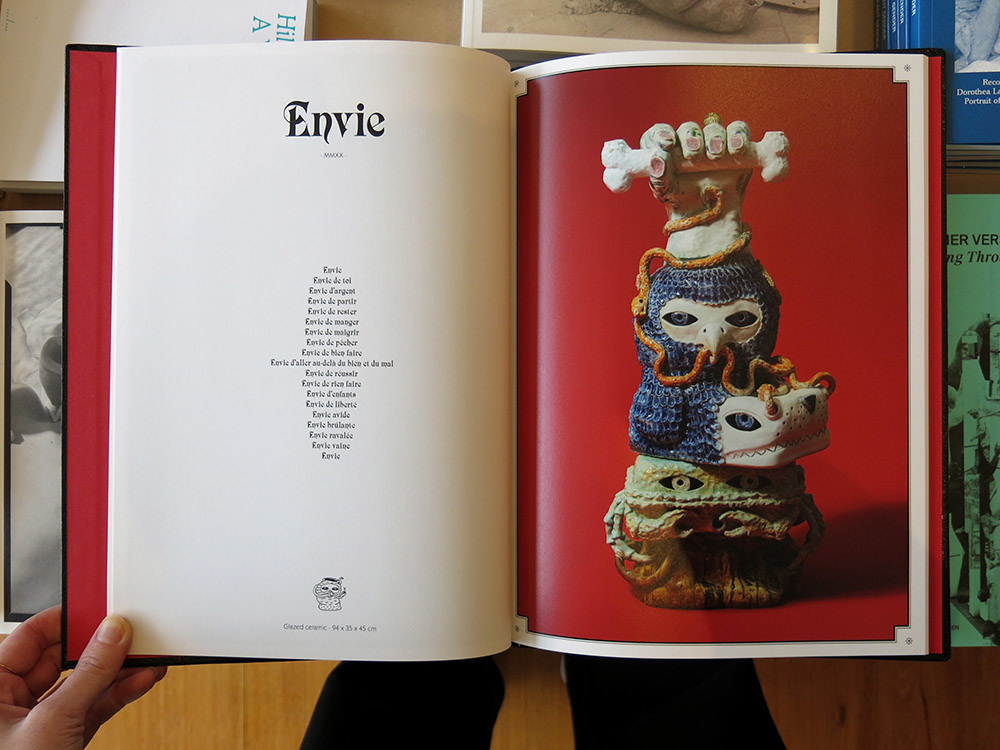
Spotted for you in ARTS KNOWLEDGE

Art Basel Paris
The art market is doing well in France. France is firmly established in 4th place worldwide, its 5.5% VAT contributing to making France the royal gateway to the European Union, where it hosts 55% of transactions. This is the context in terms of figures in which Art Basel Paris opened for its first time in the majestic setting of the Grand Palais. This new location will have allowed for around forty additional galleries to be welcomed and new artistic approaches to be proposed, with Art Brut, queer and racialized art in the lead. The Middle East is also in the spotlight, the presence of this new stronghold of art contributing to giving the image of a market that is changing in a world that is transforming. In addition to the great classics of modernity with star artists such as Jean-Michel Basquiat at Thaddaeus Ropac, the main galleries that count have presented many new entrants. Like Julian Charrière (Perrotin), Lou Fauroux and his future freed from the Internet (Exo Exo) or Kenji Ide and his sculptures revisiting traditional Japanese art and crafts. More "vintage", the "Premise" space will have offered visitors works from before 1900, from Henri Rousseau to Janet Sobel. All the best in short.




Illustrations: For They That Sow the Wind by Julian Charrière - What remains, Genesis by Lou Fauroux (2023) - A Poem of Perception by KenDji Ide - The Type-cast Actor by Janet Sobel
Jacob goes all out
The spotlight is on Max Jacob on the occasion of two exhibitions focusing on his drawings in Orléans and Céret. In his Parisian youth, after collecting the most diverse professions, he dreamed of being a "traditional painter" until his meeting with Picasso who, in his own words, changed his life. It was his friend Pablo who persuaded him to dare to call himself a poet. The bohemian years that followed opened with new encounters from Juan Gris to Léger, via Braque, Valadon, Matisse… With, for all, a shock called Demoiselles d'Avignon. And the poet Jacob? If he sometimes irritated Apollinaire and sometimes fascinated him, Picasso's friend asserted himself above all as a precursor of surrealism in poetry with Le Cornet à dés in 1917 and Le Laboratoire central in 1921. Poetry being the art of setting images to music, Max Jacob also liked to illustrate himself with a pencil in his hand. We will also remember his elegant poems without words.

Illustration: At the Opera (circa 1918) by Max Jacob
Elton John beyond the clichés
What do Brassaï, Imogen Cunningham, André Kertész, Dorothéa Lange, Tina Modotti and Alexandre Rodtchenko, but also Robert Mapplethorpe, Nan Goldin, Cindy Sherman, William Eggleston, Diane Arbus, Sally Mann, Zanele Muholi, Ai Weiwei and Carrie Mae Weems have in common? They all have their entries in the impressive art collection built up over the course of hits and adverts by Elton John and his husband David Furnish. Enough to make a whole exhibition? No, two! It is in fact a second part of this collection that opens eight years after the first with the exhibition Fragile Beauty: Photographs from the Sir Elton John and David Furnish Collection at the Victoria & Albert Museum in London. A spectacular proof that even eccentric artists can be interested in talents other than their own.

Illustration: Poppy by Robert Mapplethorpe (1988)
Dream Sculptors
The forest, imaginary cities and space travel, these are the three chapters of the journey offered in around fifty sculptures by the thirty artists entering the collection of the Villa Datris Foundation. The issues of our current world unfold over the course of a dreamlike journey in the form of a fantastic tale. The exhibition Les Mondes Imaginaires is thus the perfect opportunity to discover the talent of Guillaume Cabantous, Jean-François Fourtou, Suzanne Husky, Eva Jospin, David Nash, Jaume Plensaet and their other accomplices in a guaranteed change of scenery.

Illustration: Weaves enchanting by Eva Jospin
Caillebotte and company
Here we come across Monet, Manet, Millet, Degas, Cezanne, Pissarro, Sisley… but we are not only at the Musée d'Orsay. We are at the heart of an astonishing and impressive collection of paintings composed by a painter who loved the works of his friends as much as his own. Even more, as he played the role of patron to allow his companions in impressionism to continue to create until "the public, I do not say understands but accepts this painting". This altruistic painter is none other than Gustave Caillebotte who gives his name to the exhibition Caillebotte. Painting Men open until January 19 at the Musée d'Orsay.

Illustration: Man at the Window by Gustave Caillebotte
Cutting-edge ceramics
Of course, there were pioneers. We think of Thomas Schütte, Erik Dietman, Javier Perez, Gabriel Orozco, Jeff Koons, Ai Weiwei and Giuseppe Penone… But, as Connaissance des Arts points out, “Until recently, ceramics were considered a craft, sometimes a luxury, but having nothing to do with the contemporary art world”. This was followed in the 2000s by a second wave of creators ready to experiment with porcelain and ceramics. Or textiles and paper. Today, like the Sèvres research and creation workshop, ceramics workshops are opening in art schools that have moved away from the equation art = experimental video. Following Ettore Sottsass and Andrea Branzi, talented designers are also joining the dance. But it is certainly the Dutchman Johan Creten who made the necessary disruptive leap by declaring himself a sculptor and not a ceramist to bring ceramic sculpture into contemporary art through the front door. Today, more and more of the most highly rated artists are exploiting the whimsical and extravagant potential of this material in terms of shapes, textures and colours. Result: in 2024, Ceramics is furiously trendy. To the point that the first Ceramics Biennale will soon open in Brussels. Because ceramics can be as fun as it is fashionable and chic. And those who think otherwise should go back to doing the dishes.


Illustration: "7" by Eric Croes – L'Arche de l'espace by Tania Antoshina
 Article écrit par Eric Sembach
Article écrit par Eric Sembach





































































